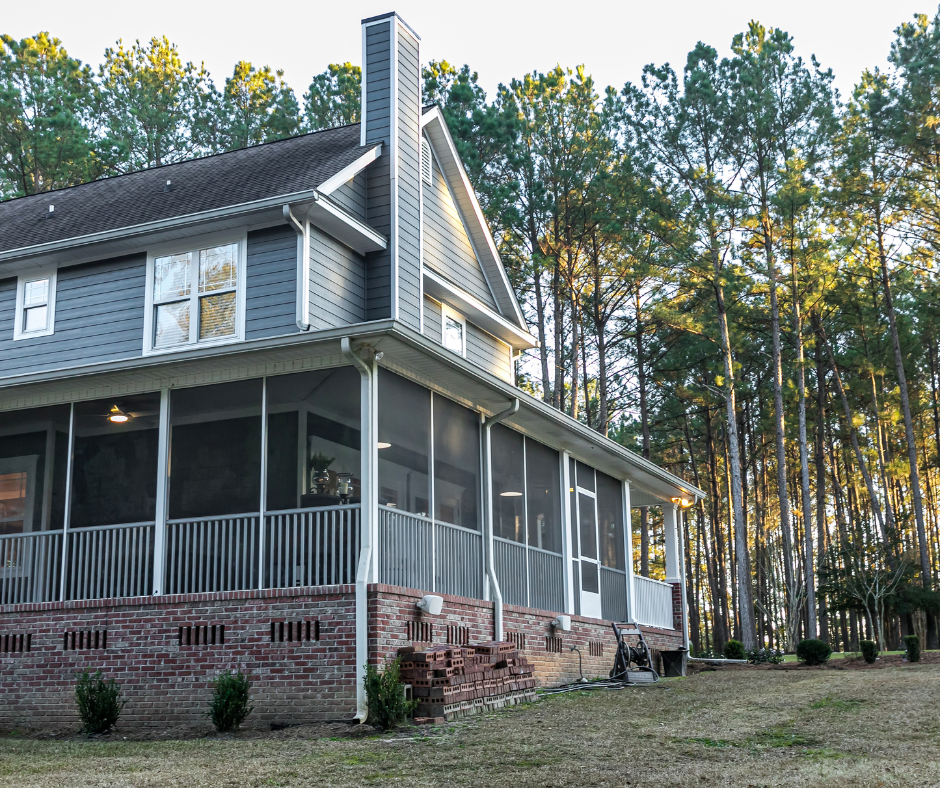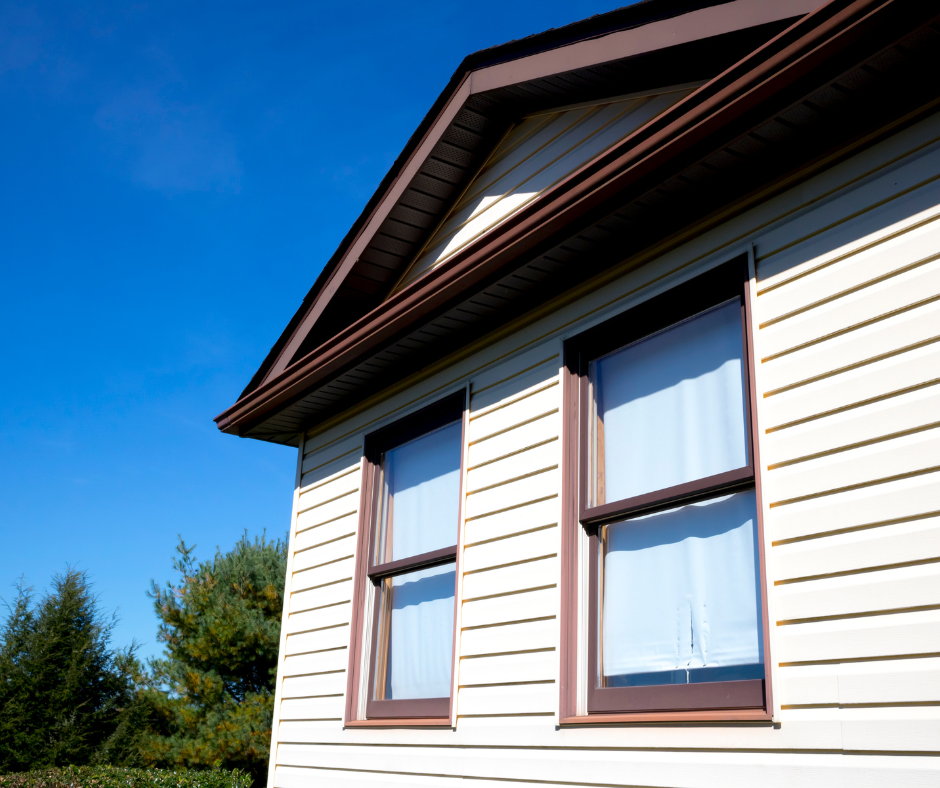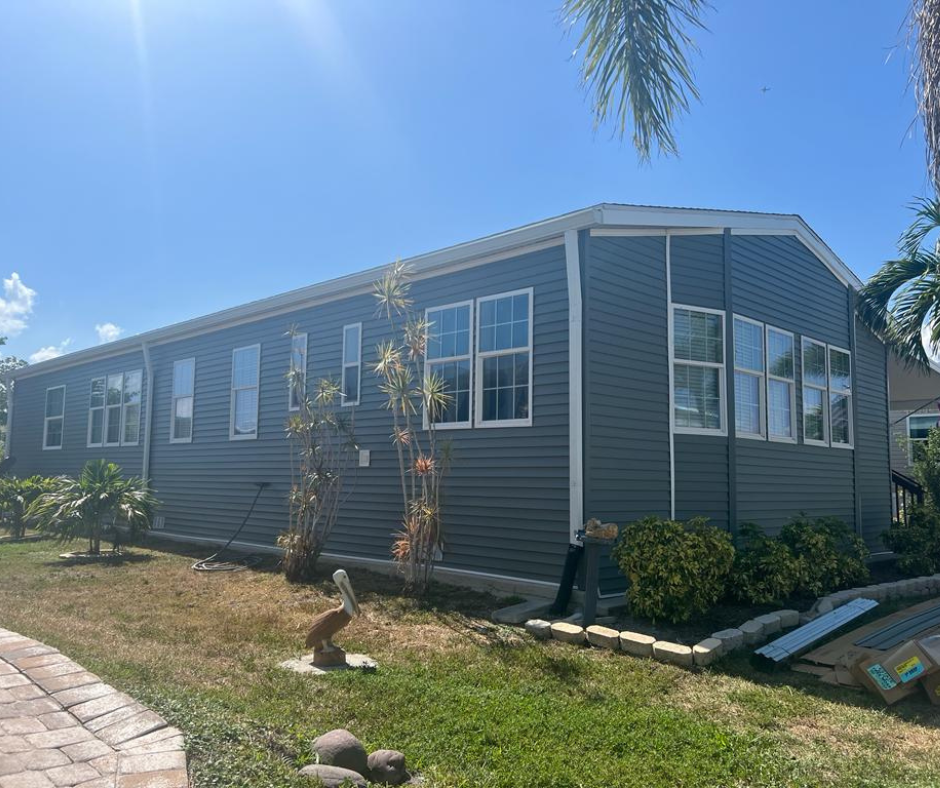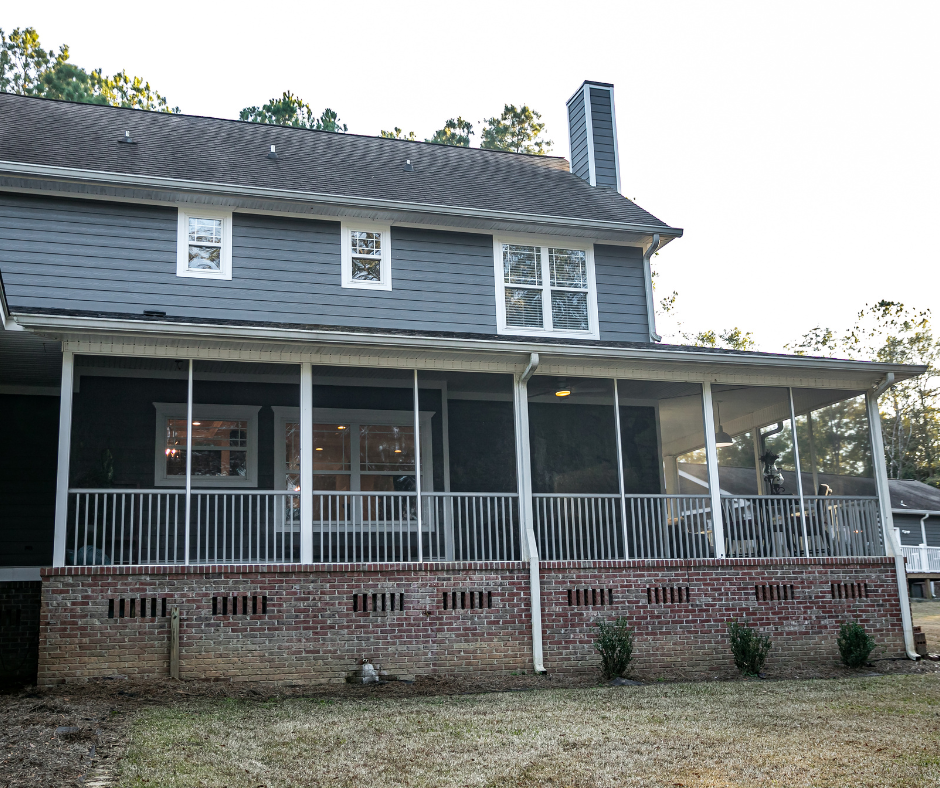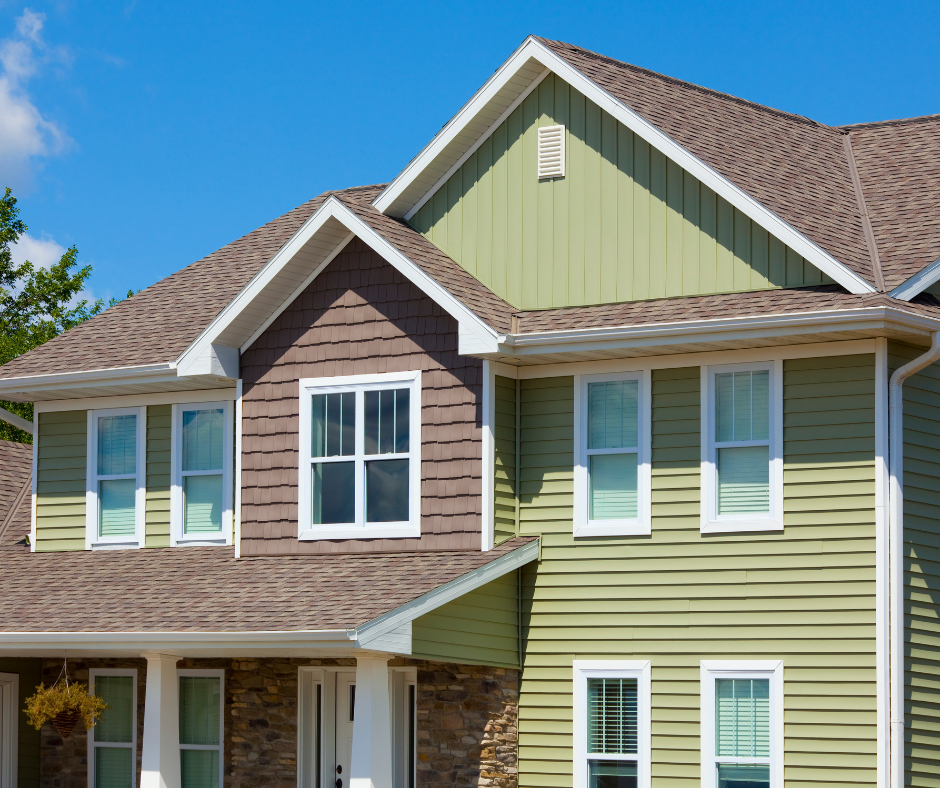The Many Benefits of Vinyl Siding
If you’re considering updating the exterior of your home, vinyl siding is a popular and practical choice. Vinyl siding comes in a variety of colors and textures, requires little maintenance compared to other materials, and is generally more affordable than wood or brick.
It’s also energy-efficient, helping to keep your home cooler in the summer and warmer in the winter by providing an extra layer of insulation. This durable material can withstand harsh weather conditions such as extreme temperatures, heavy rainfalls, and strong winds without cracking or fading.
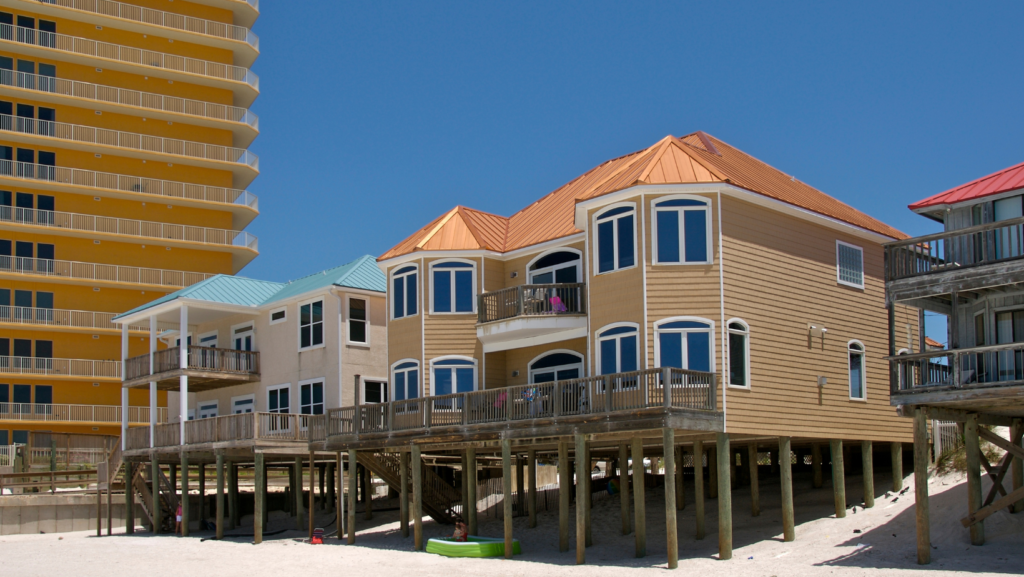
Unlike wood siding that may rot or attract insects over time, vinyl will never require painting or sealing. With its long-lasting properties, it’s no surprise that vinyl has become the go-to choice for many homeowners.
Why You Need a Reliable Contractor for Installation
While vinyl siding provides excellent benefits compared to other types of siding materials, it’s essential to have it installed properly by an experienced contractor. A qualified contractor will ensure that your new vinyl siding is installed correctly according to industry standards, taking into account factors such as climate conditions and local building codes.
Hiring a reliable contractor will guarantee that the installation process runs smoothly without any unexpected hitches or delays. The last thing you want is for something to go wrong during installation that could damage your home or result in additional costs.
Moreover, opting for an unlicensed contractor could mean they may take shortcuts with installation procedures resulting in subpar workmanship which would eventually lead you into spending money on repairs sooner than expected. – hiring a reliable contractor with experience in installing vinyl sidings is crucial to protect your investment long-term while also ensuring you get all the benefits this fantastic material has to offer!
Finding the Right Contractor
Researching local contractors in Fort Myers, FL
When it comes to finding a reliable vinyl siding contractor in Fort Myers, FL, it’s important to do your research. A quick search online will yield a long list of potential contractors, but not all of them are created equal.
Take the time to read through each contractor’s website and learn about their experience with vinyl siding installation. Look for companies that specialize in this type of work and have a strong reputation in the community.
Checking for licensing and insurance
Before you hire any vinyl siding contractor, make sure they are licensed and insured to work in Florida. This is important because it protects you from liability if anyone is injured on your property during the installation process. A reputable contractor will be happy to provide proof of their license and insurance upon request.
Reading reviews and testimonials from previous clients
One of the best ways to gauge the quality of a vinyl siding contractor is by reading reviews and testimonials from previous clients. Check out sites like Yelp or Angie’s List to see what others have said about their experience working with local contractors in Fort Myers, FL. Look for trends or common themes among reviews – if multiple people mention poor communication or shoddy workmanship, you may want to steer clear of that particular contractor. In addition to online reviews, consider asking friends or family members who have had vinyl siding installed on their homes for recommendations.
Personal referrals can be incredibly valuable when it comes to finding a trustworthy contractor who will do quality work at a fair price. By taking the time to research potential contractors thoroughly before making a hiring decision, you’ll increase your chances of being satisfied with the final result.
The Installation Process
Preparing the House for Installation:
Before the installation process begins, it’s important to prepare your home. This includes clearing any obstacles around the perimeter of your house to create enough space for your contractor to work comfortably.
You should also remove any lawn furniture or outdoor decor that may be in their way. Additionally, ensure that all windows and doors are closed and locked during the installation process to avoid dust and debris entering your home.
Removing Old Siding (if necessary):
If you already have old siding on your home, it will need to be removed before installing new vinyl siding. This process can be quite time-consuming and requires a lot of attention to detail.
Your contractor will start by inspecting the existing siding and identifying any areas where damage or wear is present. They’ll then use tools like hammers, pry bars, or power saws to carefully remove each panel one by one without causing damage to the underlying structure.
Measuring and Cutting Vinyl Panels To Fit:
Once your house is prepped and ready for installation, it’s time for your contractor to start measuring and cutting vinyl panels to fit. This step requires precision as each panel must fit perfectly on every corner of your home.
Your contractor will use special tools like chalk lines or laser levels to ensure that each cut is precise. They’ll also take into consideration any unique architectural features of your property before making any cuts.
Securing Panels with Nails or Screws:
Once all panels have been cut, they’re ready for installation. Your contractor will carefully attach each panel with either nails or screws depending on which method provides the most secure hold while minimizing potential damage over time.
It’s important that nails or screws are placed in specific locations as outlined by vinyl siding manufacturer instructions. If placed incorrectly, your panels may warp or become loose over time.
Finishing Touches, such as Trim and Caulking:
Once all panels have been installed, the last step is to add finishing touches like trim and caulking. This step provides added protection against weather elements and ensures that your vinyl siding looks its best. Trim is placed around the corners of your home to cover any gaps that may be present.
Caulking is then applied to seal gaps between the siding and other surfaces like windows or doors. Overall, while there are many steps involved in the installation process, a skilled contractor will take care of every detail to ensure that your vinyl siding enhances the curb appeal of your home while providing long-lasting protection.
Maintenance Tips
Keeping Vinyl Siding Looking New with Cleaning Techniques
The first step in maintaining the look of your vinyl siding is by cleaning it regularly. Over time, dirt, grime, and other pollutants can build up on the surface of your siding, giving it a dull and grimy appearance. To clean your vinyl siding, you can use a soft-bristled brush or a cloth with mild soap and water.
Be sure to rinse off the cleaning solution with plain water afterward to avoid any streaks or residue. For more stubborn stains like mold or mildew, you can create a solution using 70% water and 30% white vinegar.
Apply this mixture to the affected areas and leave it for about 10-15 minutes before rinsing away with water. Using a power washer can also be effective but be sure not to use too much pressure as this can cause damage to your vinyl siding.
Inspecting for Damage or Wear
To keep your vinyl siding looking its best for longer periods of time, regular inspections are necessary. Inspect your siding at least once per year or after severe weather conditions like hurricanes or tornadoes.
When inspecting your vinyl siding look out for signs of wear such as cracks, chips, warping, fading of color among others. Also check if there is any moisture trapped behind the panels that could cause rotting and other damages in the long run.
Repairing or Replacing Damaged Panels
If you notice any damage during inspection on one panel only then there is no need to replace all panels but instead make repairs to that specific panel only. If however there is too much damage throughout then re-siding will be necessary. With small damages like cracks it’s possible to fill them in using caulk; always ensure that you pick out caulk that matches the color of your siding.
For larger damages like warping or rotting then it is best to replace the entire panel to avoid further damage to adjacent panels. By implementing these simple maintenance techniques, you can not only ensure that your vinyl siding looks great for years to come but also save on expensive repairs and replacements down the line.
Cost Considerations
The Price of Quality Vinyl Siding
Whether you’re remodeling your home or building a new one, cost will always be a major consideration. The cost of vinyl siding installation can vary depending on several factors.
One of the most important factors is the quality and type of vinyl siding chosen for your home. Higher quality vinyl siding tends to be more expensive than lower quality options, but it also lasts longer and requires less maintenance over time.
Factors Affecting Installation Cost
Other factors that can affect the cost of installation include the size of your home, the texture, color and thickness of the vinyl siding chosen, as well as the complexity of installation. Generally speaking, larger homes will require more materials which will drive up costs. Similarly, complex installations such as those on multiple stories or with unique architectural features will also require more expertise and labor to complete.
The Importance Of Hiring Professionals
While it is tempting to try to save money by installing vinyl siding yourself or hiring unlicensed contractors who offer extremely low prices for their services, it’s important to understand that this can actually end up costing you more in the long run if mistakes are made during installation or if the final product falls far short in quality due to poor workmanship. Hiring licensed professionals with experience in installing high-quality vinyl siding ensures that your investment is well-protected and that you’ll be happy with your new exterior for years to come.
When considering vinyl siding installation for your home in Fort Myers FL., there are several factors that should be taken into account before deciding on a contractor. Be sure to evaluate all options carefully based on their experience level and credentials as well as reviews from previous clients.
Don’t compromise on quality because it may end up costing you much more in terms of repairs down the line. Ultimately, hiring professionals who are dedicated to delivering quality results can help ensure that your home looks great and remains protected for years to come.
Frequently Asked Questions
What is the lifespan of vinyl siding?
Vinyl siding is known for its durability, and can last anywhere from 20-40 years depending on the quality of the product and how well it is maintained. However, factors such as extreme weather conditions and improper installation can impact its lifespan. That’s why it’s important to hire a reputable contractor who uses high-quality materials and follows industry standards for installation.
Can vinyl siding be painted?
Yes, vinyl siding can be painted but it is not recommended unless it has faded or become discolored over time. It is important to use paint that is specifically made for vinyl siding in order to ensure proper adhesion and longevity. However, many homeowners choose to replace their old vinyl siding with new panels in different colors or finishes instead of painting.
What are some common maintenance issues with vinyl siding?
One common issue with vinyl siding is warping or buckling caused by exposure to heat or sun. Another issue can be cracking due to impact from hail or other debris.
Regular cleaning can also help prevent buildup of dirt and mildew which can deteriorate the surface over time. If you notice any damage or wear on your vinyl siding, it’s best to contact a professional for repairs or replacement.
Can I install vinyl siding myself?
While DIY installation may seem like a cost-effective solution, it’s important to consider the risks involved with improper installation. Without proper training and equipment, mistakes during installation could cause costly damage to your home’s exterior.
Additionally, most manufacturers require professional installation in order for warranties on their products to remain valid. That being said, if you have experience in home renovation projects and feel confident in your abilities, consult with a contractor before taking on the project yourself.
Overall, when considering installing or maintaining vinyl siding, it’s important to do your research and hire a reputable contractor who can provide guidance and expertise throughout the process. Be sure to address any questions or concerns with your chosen contractor before beginning any work, in order to ensure a smooth and successful project.
Conclusion
Vinyl siding is a popular choice for homeowners in Fort Myers, FL due to its durability and low maintenance. However, it is important to hire a reliable and experienced contractor for installation to ensure that the job is done properly and efficiently. When looking for a contractor, be sure to do your research by checking for licensing and insurance, reading reviews from previous clients, and comparing quotes from multiple contractors.
This will help ensure that you find a contractor who can provide quality work at a fair price. During the installation process, make sure that your contractor takes the necessary steps to prepare your home for installation and properly secures each panel.
Ready to transform your home’s exterior? Give us a call today at 239-406-7266 or visit our website at www.FloridaSidingContractors.com to schedule a consultation and explore our Color Gallery. Let’s make your dream home a reality!

